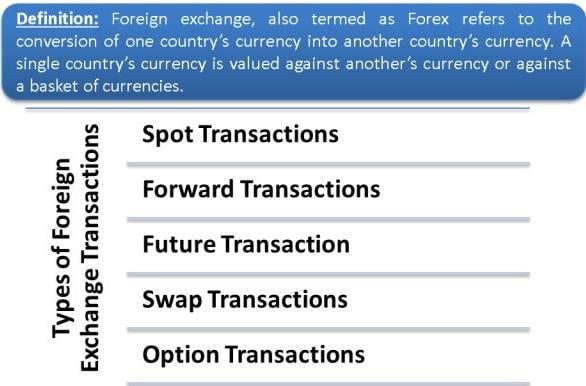

Alongside with Smart Processing tools like cascading and failover management, dynamic routing helps to eliminate the effect of any issues on providers’ side on your business. With dynamic routing, every transaction is automatically routed to the provider offering the highest probability for success.
ROUTED TRANSACTION DEFINITION UPDATE
Moreover, you’ll have to maintain and update them manually. Still, this option is hardly scalable, as with the growth of your business, the complexity of rules will also increase. That’s why static routing is also called rule-based. Nevertheless, it may be helpful for cases when you need to establish strict rules and use only selected merchant account to process particular transactions. Static routing is often considered as an outdated option, unsuitable for modern realities. Totally dependable on provider’s stabilityĮliminates the effect of provider’s downtimes on your business Transactions go to the best available provider The table below summarises the main characteristics of both static and dynamic payment routing and gives you a clear vision of how they differ. What is the difference between static and dynamic routing? For instance, our smart routing engine can select the best route based on multiple parameters, such as card issuer/type/brand, country, currency, amount, date & time, etc.

Setting up various dynamic routing rules paves the way for continuity of your operations, leading to an increase in approval ratios. It allows adapting to changes and selecting the most efficient way to ensure the successful completion of each transaction. Once a system detects there’s a car accident on your way, it will choose an alternative route to complete freight delivery. Imagine you now have an advanced GPS navigation system, which picks the optimal route to deliver your freight considering traffic, weather, and road conditions. If your pre-defined route becomes unavailable, you can’t process transactions, and therefore lose sales. These routes are fixed and unresponsive to any occurrences. Static payment routing implies sending transactions to payment providers through manually configured routes. A tree topples onto your road, and you can’t make the delivery anymore. If you pick a map and draw a route for your cargo to be delivered, and follow it strictly no matter what, that will be static routing. Think of yourself as a logistics operator. In this article, Pa圜ore.io cuts a long story short and offers you a straightforward guide to static and dynamic payment routing. That’s why it’s reasonable to work with multiple providers, and this is where you need to route your payments in the wiser way possible. If you work with a single payment service provider, there’s not much you can do – every glitch or downtime of your provider will result in your losses. Your conversion and approval rates are directly dependent on how you route your transactions. Routing is one of the crucial elements of payment processing.


 0 kommentar(er)
0 kommentar(er)
